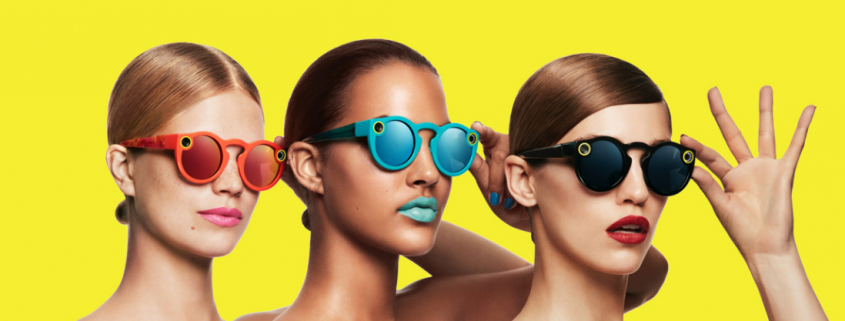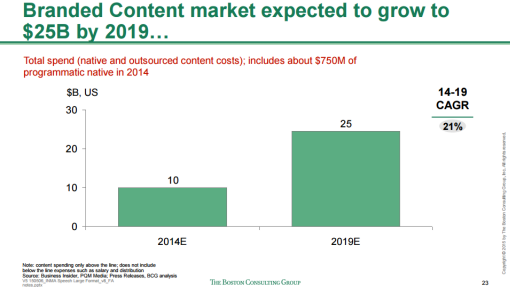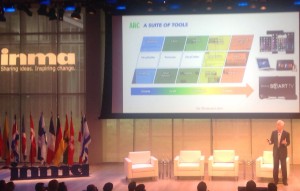Brain computer interfaces in smartglasses – coming soon
Two central themes in the next generation of human interaction with technology are smartglasses and brain interfaces.
In that vein, the acquisition by Snap of NextMind (included in our list of top brain-computer interface companies) is fascinating.
Major companies including Microsoft, Google, Lenovo, Magic Leap and others have high-end augmented reality glasses on the market, with those initially having considered consumer offerings now focusing on enterprise.



 Source:
Source:  I’m at the
I’m at the